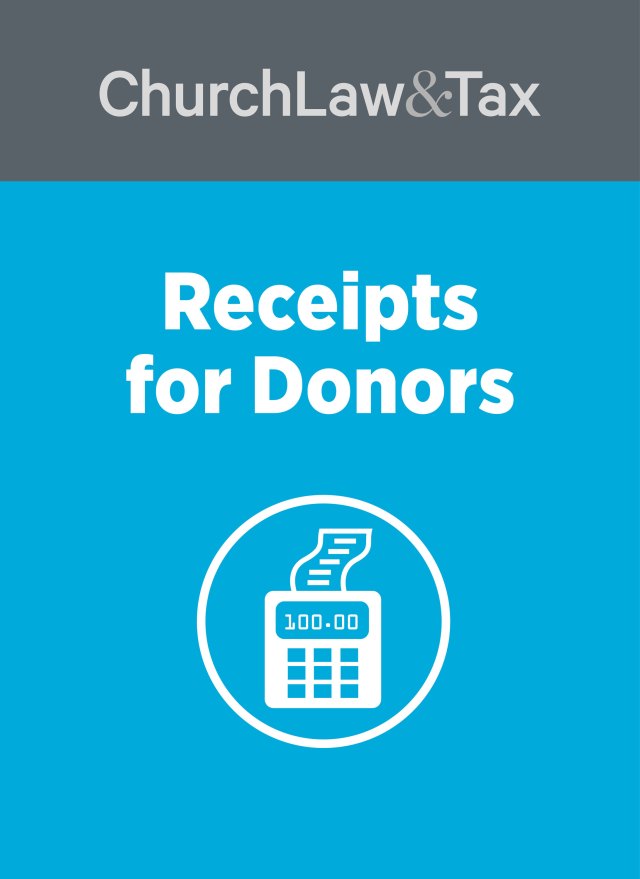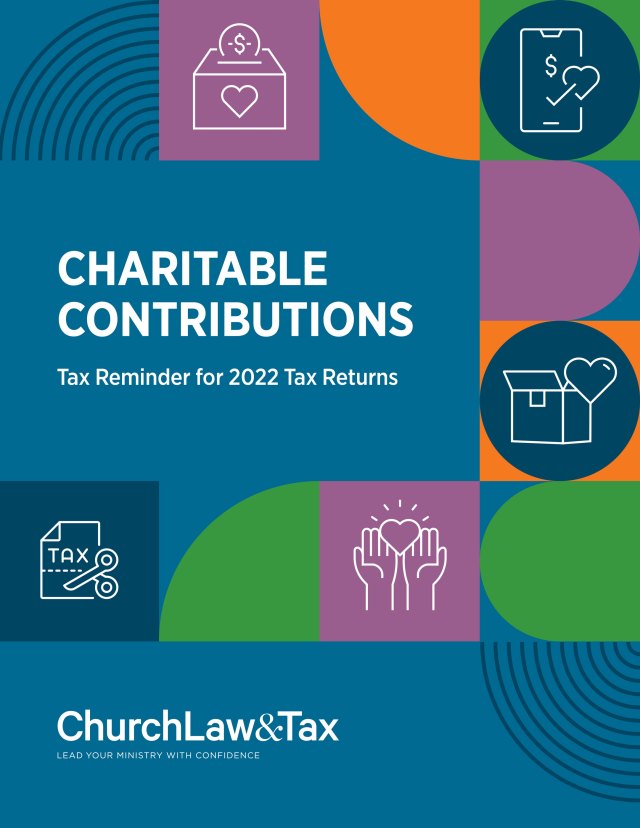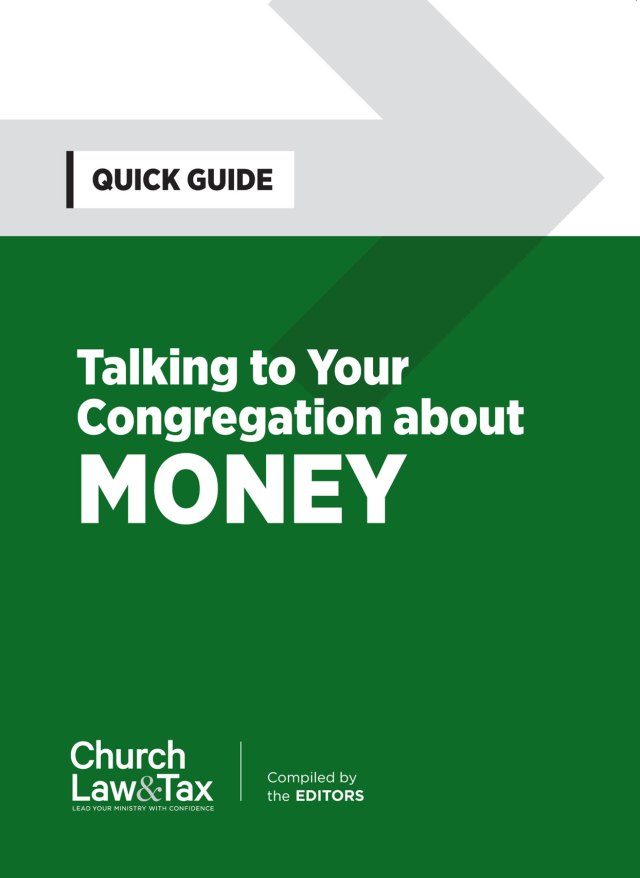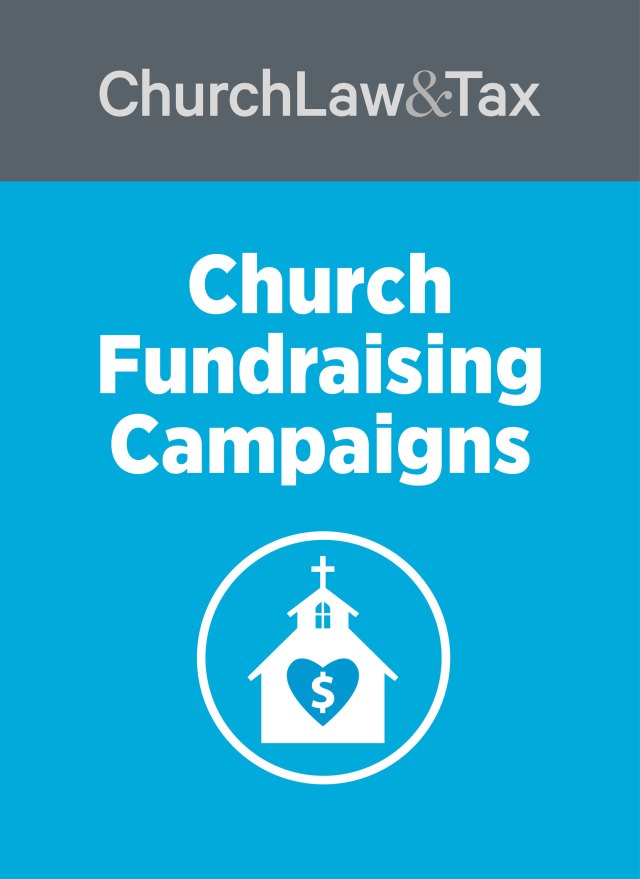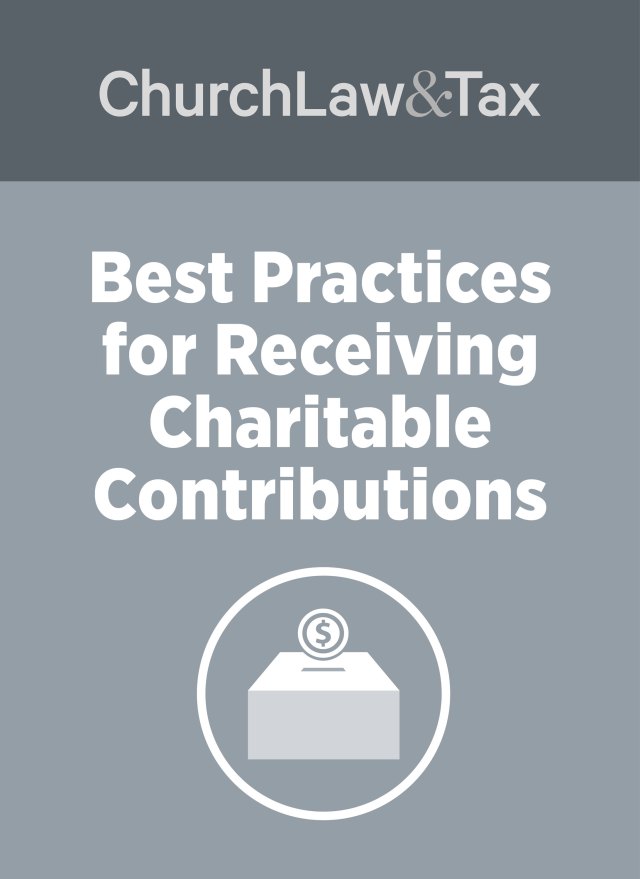Q: Is there a minimum gift amount for which a contribution statement must be issued? For instance, if someone visited the church one Sunday and dropped a $10 check in the offering plate, is the church obligated to send a statement?
Churches commonly face this question in January when preparing year-end statements, but it may also arise throughout the year when issuing quarterly giving statements. Understanding the rules and best practices surrounding charitable contributions statements ensures churches stay compliant and provide clarity to donors.
Are Churches Legally Required to Issue Contribution Statements?
No federal law requires churches to issue a receipt for contributions. Issuing a receipt is a courtesy to the donor, enabling them to deduct their contributions if they itemize deductions. However, due to changes in tax law, the vast majority of donors no longer itemize deductions, reducing the incentive for some to request or rely on these receipts.
Donor Responsibilities for Substantiating Contributions
If the church decides to issue a receipt, it must meet all tax requirements to allow donors to deduct the contribution. Attorney Frank Sommerville, a senior editorial advisor for Church Law & Tax, clarifies:
For donations of less than $250, the church is not required to issue a receipt for the donor to deduct the contribution. A canceled check or equivalent bank record suffices as substantiation.
For donations of any size, Richard Hammar outlines in Chapter 8 of the annual Church & Clergy Tax Guide the substantiation requirements donors must meet to deduct contributions:
- A bank record showing the charity’s name, date of the contribution, and the amount of the contribution (e.g., a canceled check, electronic fund transfer receipt, or credit card statement);
- A receipt or written communication (including emails) from the charity that includes the charity’s name, date of the contribution, and the amount;
- For payroll deductions, a pay stub, Form W-2, or other employer-furnished document showing the date and amount of the contribution.
Churches should remind donors that other forms of reliable records will not satisfy IRS substantiation requirements.
When Are Charitable Contributions Statements Required?
Churches must issue charitable contributions statements that meet IRS substantiation requirements for all contributions of $250 or more. The following information is required on these statements to make them valid for tax deduction purposes:
- The name of the church or charity;
- The amount of cash or a description of any non-cash contributions;
- A statement that no goods or services were provided by the church in return for the contribution, if that was the case; or
- If goods or services were provided, a description and good faith estimate of their value.
Providing accurate statements ensures that donors can deduct their contributions without issues during tax filing.
Key Takeaways for Churches
- No legal obligation exists for churches to issue statements for contributions under $250; however, providing them as a courtesy is a good practice.
- For donations of $250 or more, ensure charitable contributions statements include all required details for tax substantiation.
- Encourage donors to maintain their own records, such as canceled checks or bank statements, for contributions below $250.
Frequently Asked Questions
Do churches need to issue statements for donations under $250?
No, churches are not required to issue statements for contributions under $250. Donors can use a canceled check or bank record for substantiation.
What information must be included in a charitable contributions statement?
A valid statement must include the church’s name, the amount of the contribution, and whether goods or services other than intangible religious benefits were provided in exchange for the donation.
Learn more about the specific information to include in the annual Church & Clergy Tax Guide.
Can donors deduct contributions if no statement is issued?
Yes, for contributions under $250, a canceled check or equivalent record is sufficient. For contributions of $250 or more, a proper statement is required.
Are charitable contributions statements required for non-cash gifts?
Yes, statements for non-cash gifts must include a description of the items donated and whether goods or services were received in exchange.
For more details, refer to the IRS Publication 526 and the IRS Publication 1771.
We’ve used a combination of AI and human review to make this content easier to read and understand.

